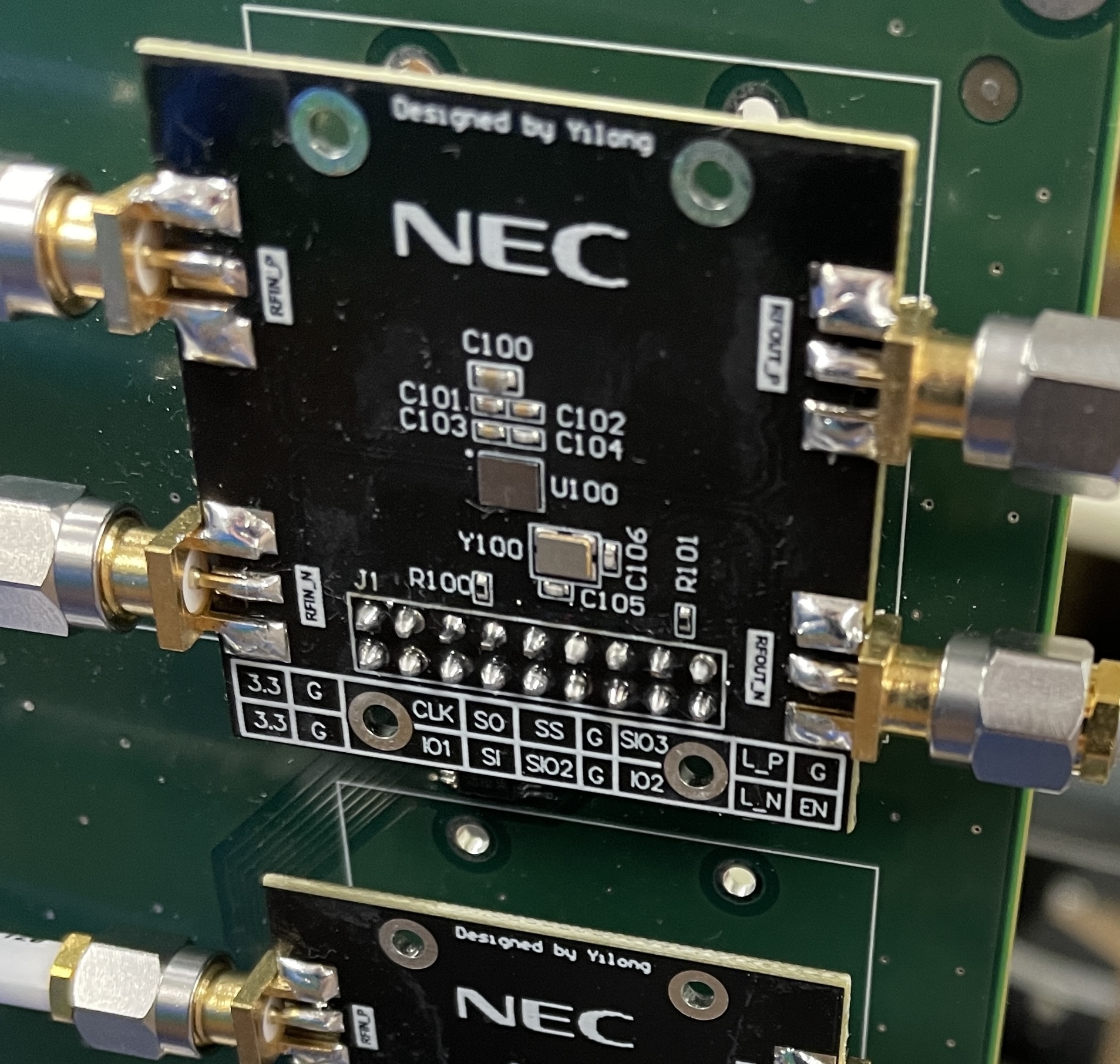|
|
Yilong LiEmail / GitHub / Google Scholar / LinkedIn |

|
Enabling Wideband, Mobile Spectrum Sensing through Onboard Heterogeneous Computing |
|
Yilong Li, Yijing Zeng, Suman Banerjee
We explore the design of a platform to support truly mobile and untethered, wideband spectrum sensing. First, the design of the platform needs to be physically small and lightweight. Next, we observe that wideband spectrum sensing (say > 20 MHz at a time) can easily generate a large volume of PSD/IQ data, in uncompressed form (> 1 Gbps). Due to challenges of efficient offload of this large data volume, we design a heterogeneous computing platform — using a combination of FPGA and CPU — built right on the spectrum sensor board, onto which various sophisticated compression algorithms, or wireless signal processing functions (even deep learning based ones) can be implemented. The FPGA is chosen to meet the real-time processing requirements of modern high-speed wireless protocols, opening new opportunities. Finally, we provide easy connectivity to common mobile devices (currently Android phone) and a starting mobile app to enable easy programmability and control functions. Overall, our highly-integrated platform has the capability of sensing a wide frequency range of wireless signals with a high sampling rate and being controlled by a mobile phone via a USB OTG cable. We build a prototype of our system and show through experiments that our device can support a bandwidth up to 56 MHz and a wide frequency range from 70 MHz to 6 GHz for spectrum sensing, and run a deep learning model inference onboard for signal classification. We conclude by discussing the future challenges to realize large-scale spectrum sensing using our platform. |
AbstractWe explore the design of a platform to support truly mobile and untethered, wideband spectrum sensing. First, the design of the platform needs to be physically small and lightweight. Next, we observe that wideband spectrum sensing (say > 20 MHz at a time) can easily generate a large volume of PSD/IQ data, in uncompressed form (> 1 Gbps). Due to challenges of efficient offload of this large data volume, we design a heterogeneous computing platform — using a combination of FPGA and CPU — built right on the spectrum sensor board, onto which various sophisticated compression algorithms, or wireless signal processing functions (even deep learning based ones) can be implemented. The FPGA is chosen to meet the real-time processing requirements of modern high-speed wireless protocols, opening new opportunities. Finally, we provide easy connectivity to common mobile devices (currently Android phone) and a starting mobile app to enable easy programmability and control functions. Overall, our highly-integrated platform has the capability of sensing a wide frequency range of wireless signals with a high sampling rate and being controlled by a mobile phone via a USB OTG cable. We build a prototype of our system and show through experiments that our device can support a bandwidth up to 56 MHz and a wide frequency range from 70 MHz to 6 GHz for spectrum sensing, and run a deep learning model inference onboard for signal classification. We conclude by discussing the future challenges to realize large-scale spectrum sensing using our platform. |
Design and source code modified from Jon Barron's website. Edit here.